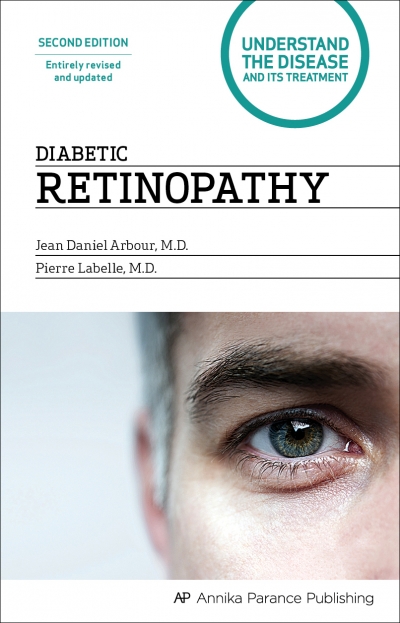
Preface by Andrée Boucher, M.D.
Second edition entirely revised and updated
"Understand the Disease and Its Treatment" series
Approximately 2.4 million Canadians suffer from diabetes and are likely to develop diabetic retinopathy. This disease of the retina caused by diabetes affects 99 percent of people with type 1 diabetes and 60 percent of those with type 2 diabetes in the first 20 years after the onset of diabetes. Early detection has thus become a major issue in the fight against diabetic retinopathy, especially since very effective treatments are available that can not only slow progression of the disease but also even restore lost vision.
Written in simple and clear language, by doctors specializing in eye disorders, this book covers all aspects of the disease and provides important information for those who have diabetic retinopathy and people close to them.
Diabetic Retinopathy in 25 questions
Doctors answer the most frequently asked questions
